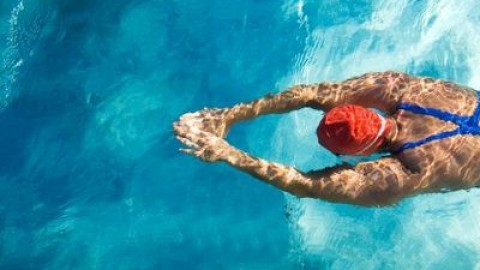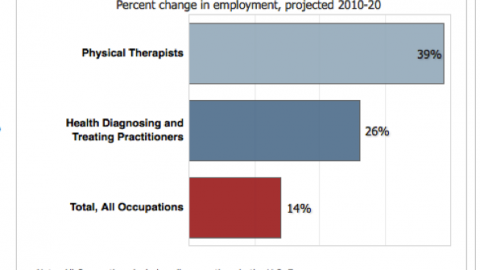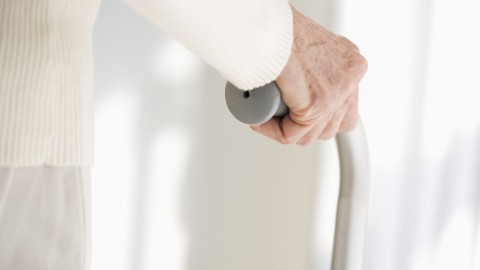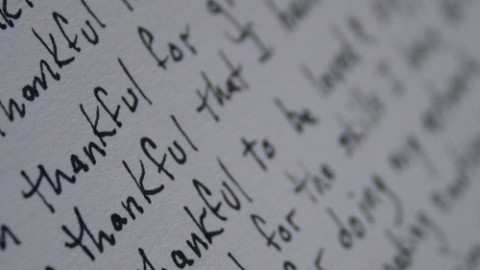Tips For Seniors Who Want To Avoid ‘The Dreaded Fall’
Every year, one-third of individuals over the age of 65 will fall at least once. These falls can result in minor injuries such as sprains and bruises, but can also result in more severe injuries including fractures and death. By knowing what internal and external risks can lead to balance problems, our senior population can help take measures to prevent ‘the dreaded fall’.
Understanding Internal Falling Risks
Having good balance is necessary when we are both stationary and ‘on-the-go’. Our balance and stability can be affected by multiple systems, including:
- Our Vision – This allows us to see our environment
- Our Vestibular System – This provides sensory information about motion, equilibrium and spatial orientation
- Our Musculoskeletal System – This allows us movement and mobility through the use of our skeletal system, joints and muscles/soft tissue
- Our Somatosensory System – This provides self-awareness of our body’s position in our environment (proprioception)
As we age, these systems become increasingly important to both preserve and maintain. If any of these systems become impaired, it can potentially lead to dizziness, vertigo, swaying and imbalance. Examples of internal factors that can heighten a person’s risk of balance impairment and falls include health conditions such as macular degeneration, diabetic neuropathy, stroke, Alzheimer’s disease, dementia and low blood pressure.
Although balance problems can be caused by physiological issues, they can also impact us psychologically and lead to feelings of fear and frustration. Fear can cause avoidance of daily activities or recreational activities that were once enjoyable, which can lead to a more sedentary lifestyle. When we restrict our movement, our muscles can become weakened and thus magnify existing issues already present.
Examining Environmental Falling Risks
In addition to internal factors, external or environmental factors can also increase an elderly person’s risk of falling. Examples of this would include the presence of cords, rugs or stairs in the home, improper or lack of use of needed assistive devices, inappropriate footwear and walking on uneven surfaces such as grass or sidewalks.
Lighting is also another important consideration when thinking about safety in the home. As we age, our visual system declines, making proper lighting that much more important. Making sure appropriate lighting is present throughout the entire home, in addition to having light switches that are easily accessible, can decrease this risk.
Utilizing Physical Therapy for Elderly Fall Prevention
Despite the factors mentioned above, falls can often be prevented. Physical therapists are biomechanical experts that can serve as great resources to help you improve your safety and mobility. They can provide a thorough evaluation that assesses your vestibular system, balance, posture and gait, as well as your current range of motion, flexibility and strength. Utilizing this information allows them to create exercise programs and treatment plans that target any specific areas that are in need of improvement. They have to ability to provide vital education to our aging population on ways to decrease both their internal and environmental risks, thereby helping to improve their confidence and reduce their fear of falling.






